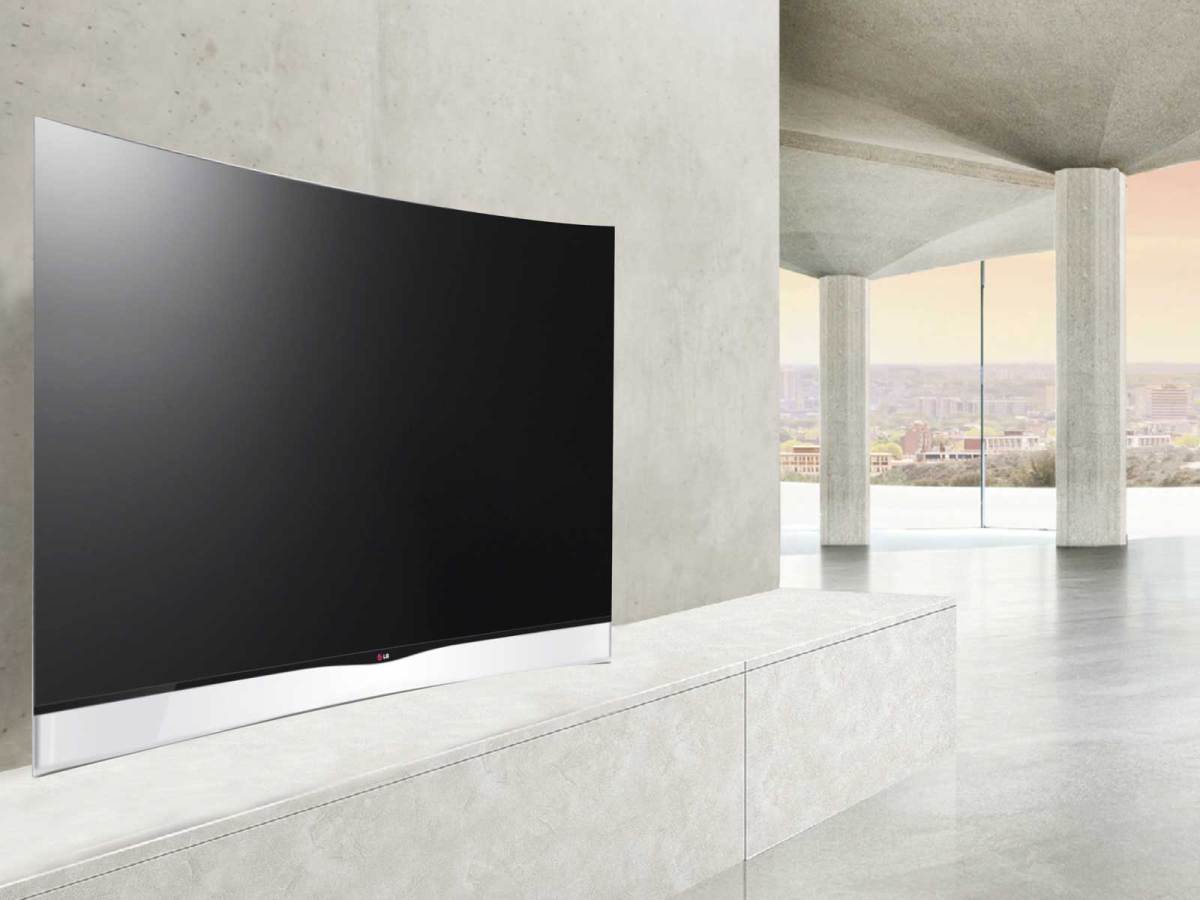It’s the latest screen technology to turn heads — and confuse brains. We unravel OLED so sales staff know what to say when confounded customers inevitably come into their store.
When it comes to new technological innovations, it’s very easy to become transfixed without actually knowing all the facts. During the digital camera boom, legions of consumers would demand that they be sold the model with the most megapixels. No one was quite sure what these megapixels were, but everyone knew that having more of them was a good thing.
Similarly in the world of televisions, factions would praise the likes of plasma over LCD, or vice versa, without knowing exactly what the reasons for their superiority were.
Click here to sign up for our free daily newsletter
Fast forward to 2014 and a new generation of television sets are beginning to surface with a new technology at the forefront: OLED.
Organic Light-Emitting Diode (OLED) screens are a new generation of high quality displays. Similar in function to a firefly, OLED uses a technique called electroluminescence to create images on a screen. Electric pulses are sent through layers of organic film, producing light.
The light’s colour depends on which layers of organic film the electricity reacted to, and the shade of light depends on the amount of electricity released. For example, activating the layers that make blue and green light will produce turquoise (much like mixing paint) and by varying the shade, millions of colours can be shown.
It’s this lighting process that makes OLED differ from LCD displays. LCD screens require a backlight to illuminate the colours that the liquid crystal display is generating, which washes out dark colours (black becomes dark-grey). OLED produces the light and the colour at the same time so the screen does not need to produce a black coloured light for an image: it simply doesn’t turn on. As OLED doesn’t require a backlight, they also consume much less power, particularly beneficial for use in mobile devices.
The miniscule thickness of an OLED screen (between 100-500 nanometres thick or 200 times smaller than the average human hair) means that TVs can be much thinner and lighter than LED counterparts. LG’s Curved OLED TV is just 4.3-millimetres thick. At the same time, OLED screens can also be scaled to huge sizes, making them very suitable for billboards and HD arena screens.
This size, and their use of plastics (instead of glass like LCD screens), means that OLED screens can be incredibly flexible. So flexible that they can not only be curved, but also rolled up or potentially sewn into clothing.
OLED can be totally transparent, leading the way for car windshields that display full colour information on — like GPS or car diagnostics — while the driver can still see the road clearly.
There are, however, downsides. At present, the technology is very expensive to manufacture and industry sources, like vice president of Samsung’s Visual Display division, HS Kim, say that the cost will probably not decrease for around 3-to-4 years. The ‘cheapest’ OLED TV currently on sale in Australia is LG’s 55-inch Curved model for RRP $7,999.
Also, though they are very energy efficient, they have a much shorter shelf life than LED/LCD screens. A OLED screen that is used for 8 hours a day will have its brightness reduced by half in only five years, while LED TVs can last three times as long.
And don’t put an OLED screen near water! Without proper sealing and protection they are incredibly susceptible to water damage. Though bodies of water hardly seem to be a threat to the average inside-located television, this means that OLED screens are not natively suited for outside use, and without protection OLED billboards or wearable items could break at even the slightest hint of drizzle or sweat.

